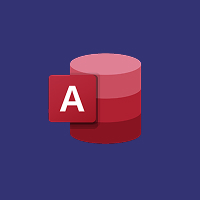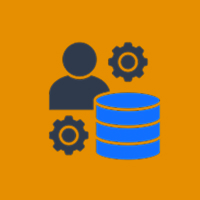A Step-by-Step Guide to Creating a Blog on WordPress
Building a WordPress blog is simple and doesn’t demand deep technical skills. Whether you’re launching a personal blog, business website, or online portfolio, WordPress provides the flexibility and tools to turn your ideas into reality. Follow this step-by-step guide to create your WordPress blog from the ground up.
1. Choose a Domain Name and Hosting Provider
Domain Name:
Your domain name is your blog’s online address (e.g., www.wordpress.com). Pick a name that’s easy to remember, relevant to your blog’s topic, and simple to spell.
Hosting Provider:
A hosting provider stores your website’s files and makes them available to visitors. Choose a provider that offers reliable uptime, strong customer support, and easy one-click WordPress installation. Some popular choices include Bluehost, SiteGround, and HostGator.
2. Install WordPress
Once you’ve purchased your domain and hosting, most providers offer a simple one-click WordPress installation. Just follow their instructions to set up WordPress on your domain. If you’re using a different host, you might need to upload the WordPress files using FTP.
3. Select a Theme
WordPress has a wide range of free and paid themes that can completely change the look of your blog. To pick a theme:
- Go to your WordPress dashboard, then navigate to Appearance > Themes, and click Add New.
- Browse or search for a theme that fits your style and needs.
- Preview and activate the theme you like.
Remember, you can always customize your theme later to match your brand better.
4. Customize Your Blog’s Appearance
After installing your theme, you can customize it to match your brand:
- Go to Appearance > Customize in your dashboard.
- Edit your blog’s identity elements like the title, tagline, logo, and favicon.
- Adjust colors, fonts, header images, and background to fit your style.
5. Install Essential Plugins
Plugins enhance your WordPress blog with extra features. Here are some must-have plugins:
- Yoast SEO: Helps you optimize your content for search engines.
- Akismet Anti-Spam: Protects your blog from spam comments.
- Jetpack: Provides tools for security, performance, and marketing.
- WP Super Cache: Boosts your site’s speed by caching pages.
6. Create Key Pages
Before you start blogging, be sure to create some key pages that every site needs:
- Home Page: The main landing page for your blog.
- About Page: Share information about yourself or your business.
- Contact Page: Give visitors an easy way to reach you.
- Privacy Policy: Explain how you handle visitors’ data.
To add new pages, go to Pages > Add New in your dashboard.
7. Write Your First Blog Post
Now that your site is ready, you can start creating content. To write your first blog post:
- Go to Posts > Add New.
- Enter a catchy title and start writing your content in the editor.
- Add images, videos, or other media by clicking the Add Media button.
- Use categories and tags to organize your post.
- When you’re ready, click Publish to make your post live.
8. Optimize for SEO
SEO (Search Engine Optimization) boosts your blog’s visibility in search engine results, attracting more visitors to your site. To get started with SEO, try these basic tips:
- Include relevant keywords in your post titles, headings, and content.
- Write meta descriptions that clearly describe what each post is about.
- Add descriptive alt text to your images.
- Make sure your site is mobile-friendly and loads quickly.
9. Promote Your Blog
Once your blog is live, spread the word and attract readers:
- Social Media: Share your posts on platforms like Facebook, Twitter, and LinkedIn.
- Email Marketing: Build an email list and send out newsletters to keep your subscribers updated.
- Guest Blogging: Write posts for other blogs in your niche to reach new audiences.
- Networking: Connect with other bloggers and join online communities related to your topic.
10. Maintain and Update Your Blog
Regular maintenance is key to keeping your WordPress blog running smoothly:
- Update: Keep WordPress, themes, and plugins up to date for security.
- Backup: Regularly back up your site to prevent data loss.
- Monitor: Use tools like Google Analytics to track your site’s performance.
- Engage: Respond to comments and interact with your readers to build a community.
Building a WordPress blog is a fulfilling way to share your ideas, expertise, or business with the world. By following these steps, you’ll create a professional blog that stands out and attracts readers. Start strong, and with consistent effort, your blog will grow and succeed over time.













 Database Development
Database Development












































